We feel so lucky and honored to be able to share these lovely photos with you. This Mother’s Day, we are showcasing the women who raised us and supported us, who made homes for us in their hearts and lives. Sikh women built and continue to build the Sikh panth through their strength, vision and resilience. Thank you mothers! And thank you deeply to all of the Kaur Life readers who shared with us these precious family treasures and memories. If you have old or vintage photos of Sikh women, we would love to see them! Submit them to Hello(at)kaurlife.org.
Left is Shanti Kaur on her wedding day in the 1950s. Right is Shanti’s daughter Harjit Kaur on her wedding day in the 1980s in Jalandhar, Punjab. Photos submitted by Harjit Kaur’s daughter, Kaki Kasi.
“This is my naani, Hardyaal Kaur Pannu. She was born in 1928 in Rangoon, Burma. She completed a post-graduate degree called ‘Gyaani,’ which until the 1990s was the equivalent of a B.Ed. She was a highly skilled embroideress and seamstress. She moved to Patiala, Punjab after getting married and then she moved to Canada in the late 1980s. She was a woman of principle and elegance. I think one of her strongest suits was communicative sensibilities. She spoke carefully and with the utmost respect.
My brother’s and my relationship to my nani was quintessentially diasporic. Us three slept in the same room, she told us sakhis of Sikh history, and she looked after us like a second mom. To this day, I still feel a longing for my nani’s warm presence and gentle smile. I miss watching her read baani, shopping with her, I even miss the occasional scolds! I learned so much from observing her in wonderment as she went about her daily activities; how she folded her clothes, how she kept her posture so perfect in front of the TV, and most importantly, how she carefully and lovingly chose her words when speaking to anyone. She took on so many roles, and after she passed away in 2003, I realized that my nani was irreplaceable,” Keerat Kaur.
“This was taken in the early 1960s in Leeds, West Yorkshire. My siblings, myself, and my cousins were all born in the early 1960s our childhood memories in the Rehal family are full of love, fun, and happiness. Here, my mum, Davinder Kaur Rehal (in the cardigan), is on the right carrying me, I think. I must have been around 3 years old. (Both my daughters looked just like me.) The other lady on the left, is my aunt (thayi ji) Gurmeet Kaur Rehal, she’s carrying her daughter, Gurdeep Kaur who was 7 months older than me. Gurdeep and I used to always play together, and we grew up together. Sadly, my cousin passed away when she was only in her 30s from breast cancer.
My mum worked as a seamstress in a men’s coats manufacturing factory. Sometimes she did piece work and worked weekends. One particular weekend I asked if I could go along with her, I think I was around 7/8 yrs old. Mum was sewing at her machine and she gave me some scraps of fabric a needle and thread to make something. I can remember making a dolls dress. Mum helped me cut out the bodice and sew a gathered skirt into it. Mum loved it and asked me to show it to the other ladies there. There were two white, English ladies who sat at machines on the other side of the factory. It took me a long time to walk across and show them my little dolls dress. They were so happy and said I was clever – I was so shy then I went back to mum.
Another childhood memory: In the 70s the new whipped fresh cream cakes were a massive favorite in our family for teatime. We used to get a cake every weekend and we would cut it into six pieces – one slice for each of us. But when we finished, we always said that it wasn’t enough and wanted more. One particular weekend, mum and dad went shopping and came back with 5 cream cakes! One for each of us kids and one for mum and dad to share. They gave them to us and said, “There you go, enjoy your cakes! You can now have as much as you want!” Obviously we couldn’t finish them in one sitting so, we put the rest in the fridge with our names on for later in the day,” Kirnpal Kaur Jutlla.
“This is Mukhtiar Kaur Bhuller in 1970. Mukhtiar Kaur grew up in the village of Lohgarh in the district of Moga, Punjab, India. She got married in 1958 to Kartar Singh from the nearby village Talvandi Bhangerian and moved to Singapore soon after. In 1964, she joined her husband in the Yorkshire city of Leeds in England. While bringing up her five children, she studied Gurbani and music, learned to play the vaja and would sing regularly with the Baba Khem Singh Kirtan Jatha at the Sikh Temple on Chapletown Road in Leeds (see photo below). Her work included seamstress, catering, and running a general store. I have fond memories of my mum running ‘Baby Cham’ house parties including organizing ingenious Tupperware parties during the 1970s.” Photo submitted by her son, Pav Singh.
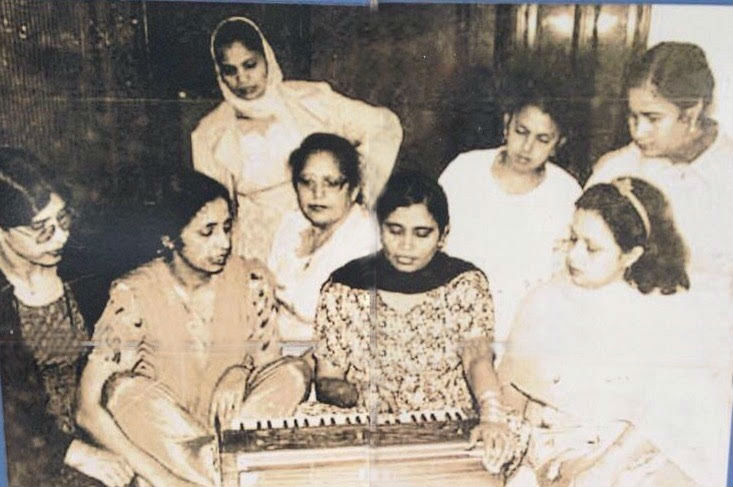
Mukhtiar Kaur Bhuller in the center playing vaja. Photo submitted by her son, Pav Singh.
“I came across this picture of you three years ago, and was astonished to find out it was your rishtha photo. I looked up to you. You worked part time, learned the basics in a foreign language, learned to drive on foreign roads and raised four children in a foreign country. Us four kids always wanted a take-away meal every other night and made fun of your accent when you tried to speak in English. I wish I could have known my mother before she got married. I’ve heard stories of Palminder living the dream life in the pind.” Read more Kalbir Bains‘ book, Not Our Daughter. Kalbir is on the left and recreated her mother’s photo which is on the right.

“My mother Palminder (left) and her friend on her friend’s wedding in Gunachau, Punjab in 1972,” Kalbir Bains.
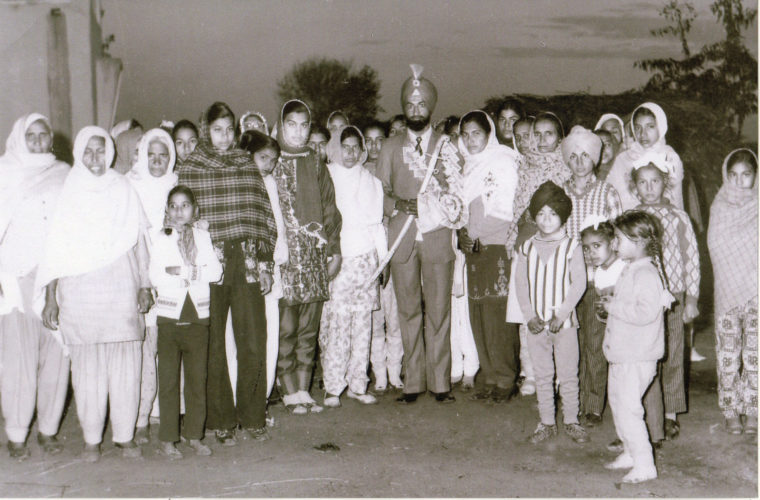
“This photo was taken in Bara Pind, Punjab in 1970 at my mother’s mama ji’s wedding day,” Kalbir Bains.
my beautiful mother
I ask my mother,
what is it that
you have always
dreamt of becoming
since you were a little girl
to which she replies “a teacher”
and it makes me sad
before I realize that
she is the one who has
taught me how to be strong,
and yet live as a flower,
gentle and soft,
but patiently rooted in a place
where it is not always beautiful
and yet she blooms, and
watching her reassures me
that if my mother can do it,
her daughter can too,
so I keep going and going,
and I don’t wither.
Hell, no matter what we go through,
we do not wither. And these lessons, I could not have learnt
from any one else. – Ma, my (lil cutie) favourite teacher.
By Ruveen Kaur @rkwords
Photo of Kulwinder Kaur from 1990 in Punjab.
ਮਾਂ/ma/mother
When I was placed inside you
I didn’t have a form or shape
I didn’t have a heartbeat
I slowly started to develop
and my heart beat started
I don’t remember much
but all I remember
it was my home
I parted my ways from you
and I cried and cried
because I wanted to be back in my home
away from this world
Years later…
I only find peace
when I’m with you
when you speak to me
when you hug me
and make me realise
that everything will be fine…
I was a part of you
and I still am, and I always will be –
our love is a bond
our love is a connection that will always be there
you are me
and I am you
Before writing poetry
I first saw poetry in your eyes…
Photo is of Rupinder Kaur’s mother, Balbir Kaur, after her wedding in Kulu, Manali, Himachal Pradesh in 1995.
September 1962, Ludhiana, Punjab
“This is a picture of my parents (Kamaljeet Kaur & Jaswant Singh Sohal) on their wedding day in September 1962 in Ludhiana, Punjab, with my mother’s immediate family & my father’s niece.
My mother is the eldest of five siblings; four sisters & one brother.
Left to right (back row) – Rajinder Kaur (sister), Kamaljeet Kaur (bride), Jaswant Singh (groom), Sohan Singh (brother), Harbhajan Singh (father), and Gurdev Kaur (mother).
Left to right (front row) –Inderjeet Kaur (sister), Surinder Kaur (Jaswant Singh’s niece), Ravinder Kaur (sister)
Born in 1939, Kamaljeet Kaur was raised by her parents to be a confident woman who knew her mind. On her wedding day in 1962, she opted for a turquoise colored salwar kameez instead of the traditional Punjabi wedding ‘shagan’ color. She did so because turquoise was her favorite color and she did not want to look like every other bride, and her parents supported her decision.
Her father made a conscious choice to be actively involved in his children’s everyday lives, especially encouraging his daughters to broaden their horizons about Sikh history, literature and general life skills. Fathers treating their daughters equal to the sons or even raising them to be self-confident, culturally aware, independent, educated women, was not the norm in most families in Punjab at the time.
Kamaljeet Kaur has always been an avid reader. Owing to her love for Sikh literature and passion for sharing, she has read and collected books, and bought many Sikh magazine subscriptions for herself and to share with people she would come across in life. It could be a neighbor, a fellow Sikh at gurdwara, or a random person at her local bank. While interacting with them, if she thought they could benefit from a particular Sikh literature book, she would make it a point to get them that book or two. Many times they would meet up again and talk about that book and she would recommend some more books for them to read. She always strongly believed those books could inspire them the same way she was inspired.
All my life I have grown up watching her do little yet generous acts of philanthropy for any one in need that she would come across. There was always some vegetable vendor or a rickshaw driver who she would bring in to her home and cook a hot meal, a cup of tea or give them a warm blanket or clothing.
Mama, your unwavering belief in Sikhi has touched each of us and made us who we are. Thank you for always being there for us,” Dr. Simrit Kaur, Sukhvir Kaur, and Parveer Singh.
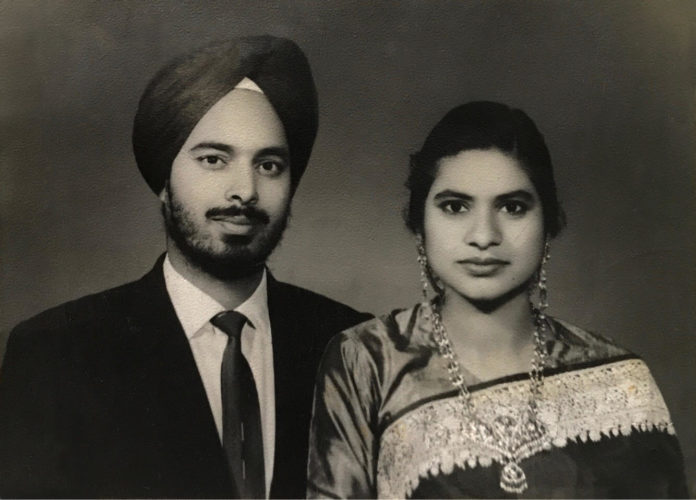
“My parents. This is their first official portrait together after they got married in September of 1962 in Ludhiana, Punjab,” Parveer Singh.

“My parents and my two elder sisters, Simrit Kaur (left) & Sukhvir Kaur (right) in 1977, on the roof top of their house in Ranchi, India” Parveer Singh.


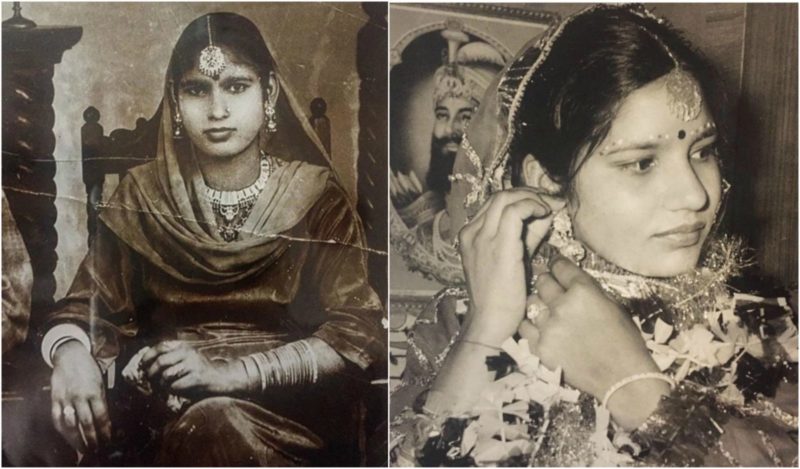
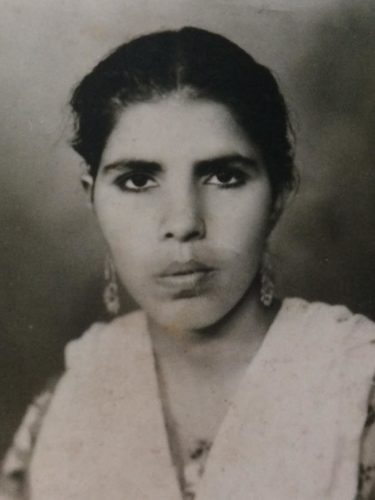
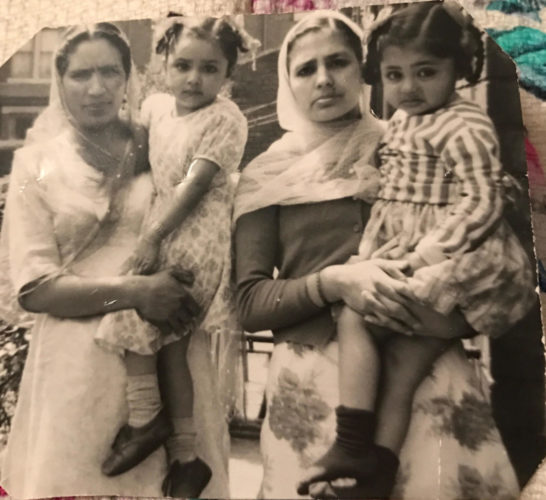
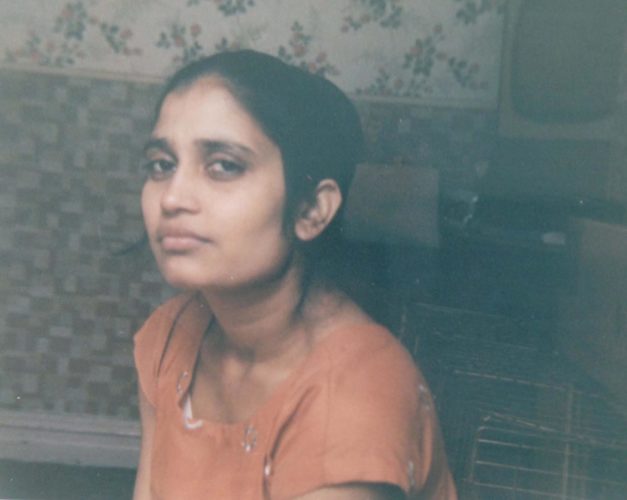


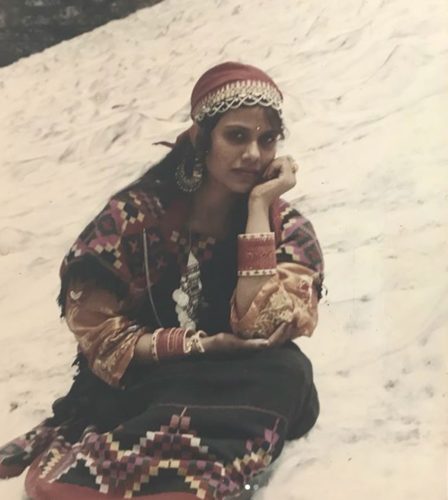
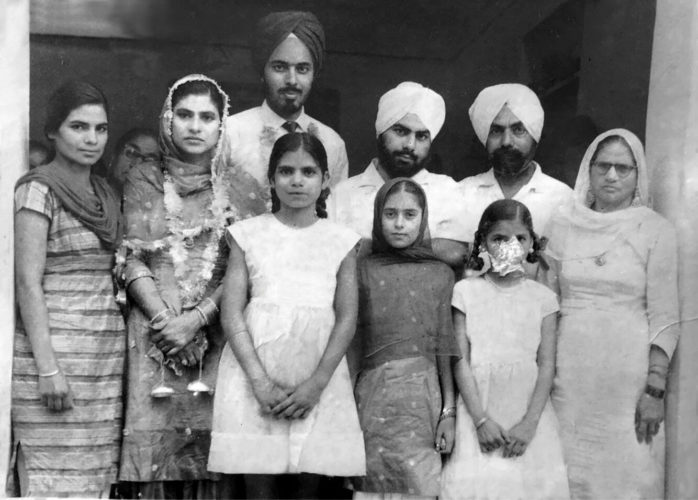
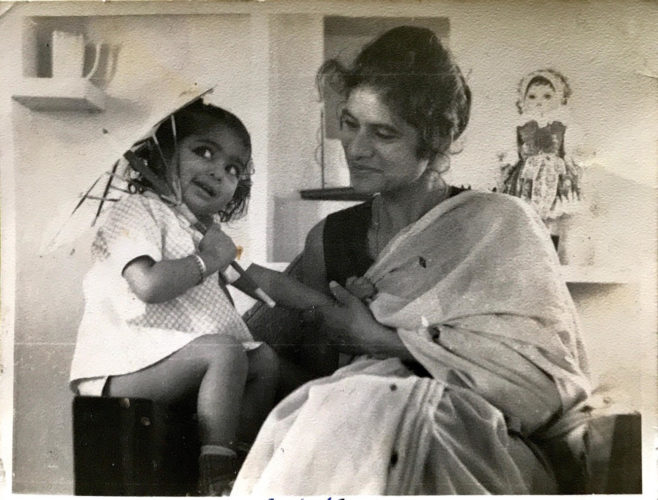
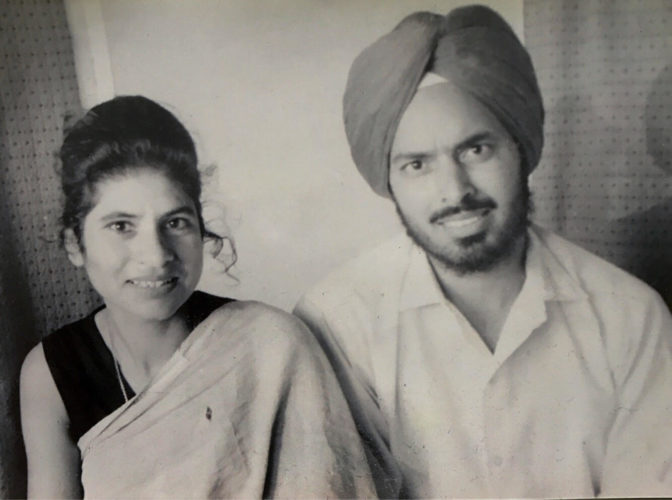
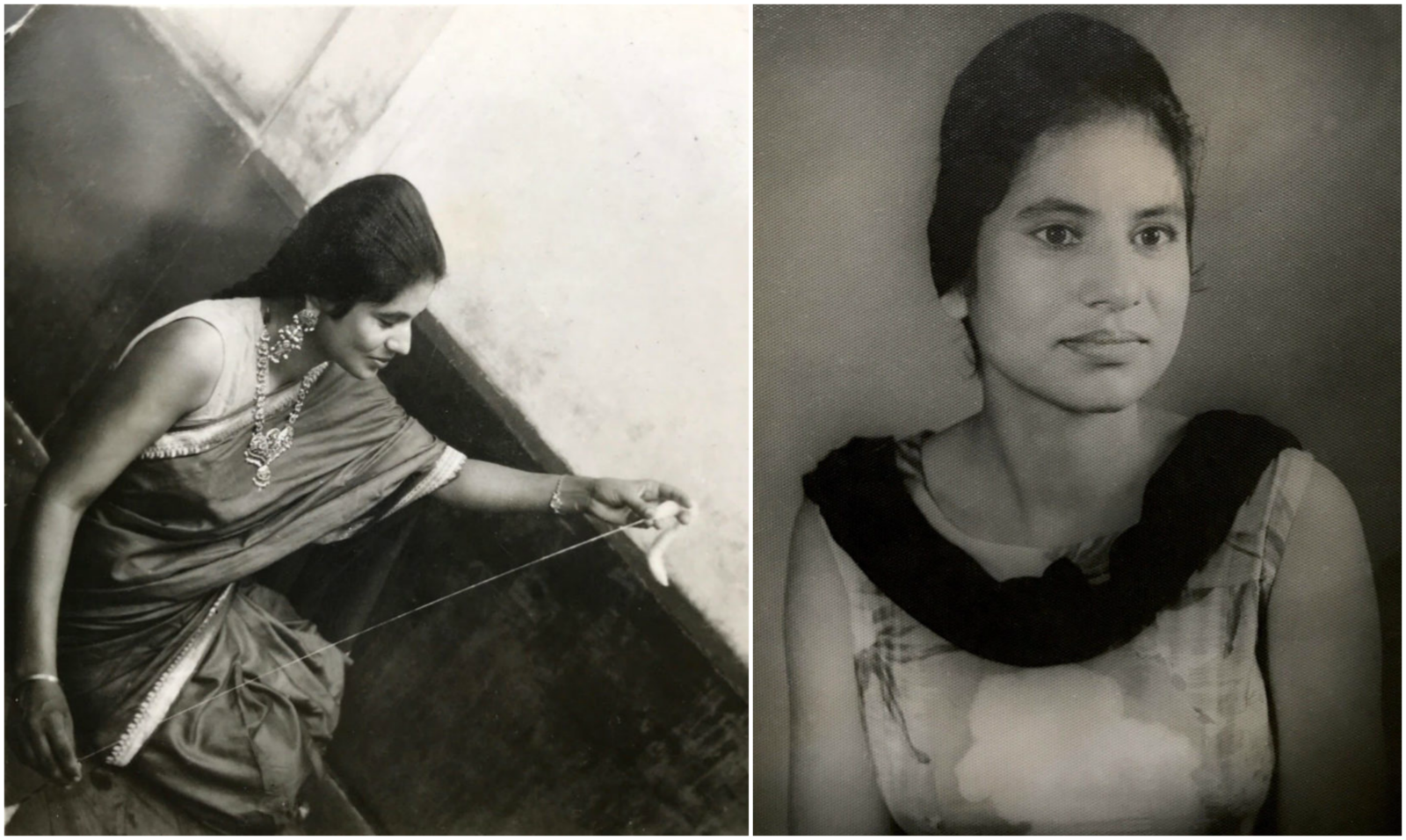
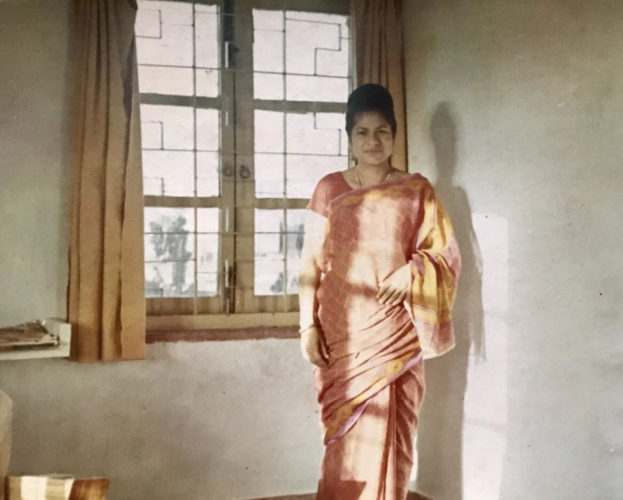
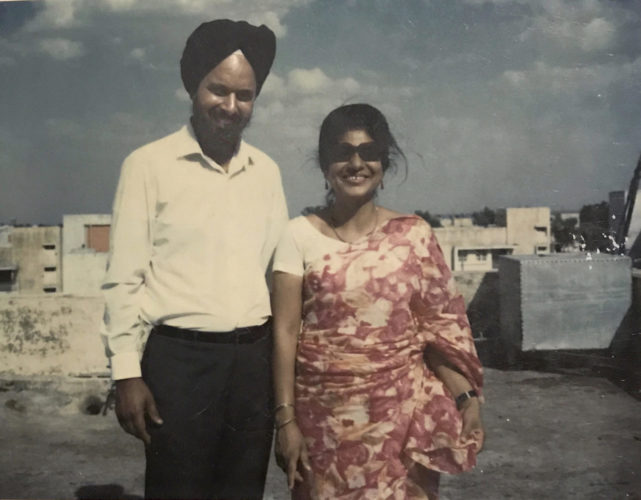



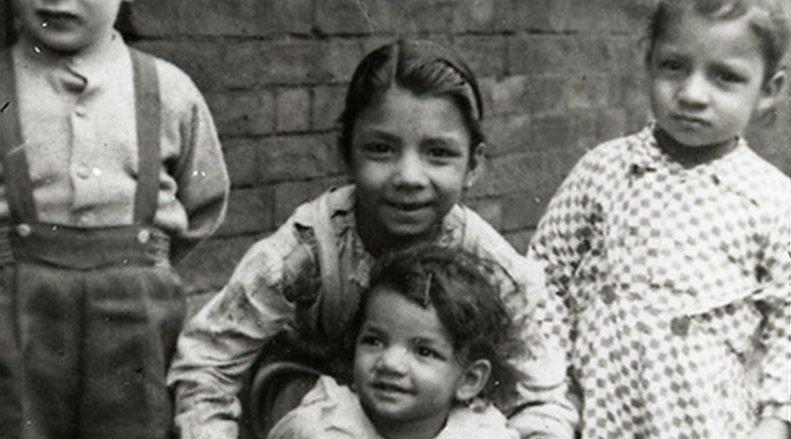
No Comments